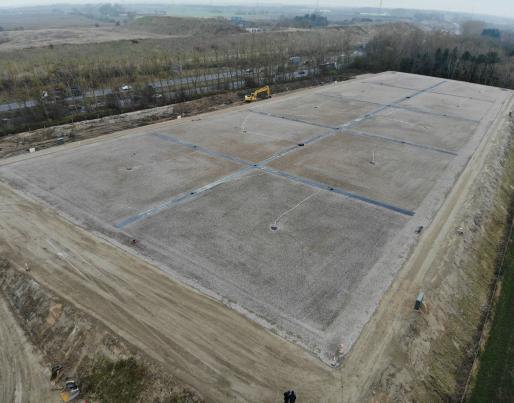
Survey highlights key trends and challenges in thermal energy storage

Survey highlights key trends and challenges in thermal energy storage
This article explores the latest insights from the TREASURE project’s survey on large-scale thermal energy storage. It highlights common trends, persistent barriers, and lessons from leading European PTES projects, providing a glimpse into the forthcoming guideline for city-level implementation.
TREASURE’s survey of large-scale thermal storage projects in Europe reveals common practices and critical barriers -from financing gaps to permitting delays. These findings will inform practical guidelines to help cities deploy seasonal storage and decarbonise heating.
Europe’s cities are on the front line of the energy transition. Heating and cooling account for nearly 50% of the EU’s final energy consumption, and a significant share still comes from fossil fuels. As municipalities race to decarbonise district heating and integrate renewable sources like solar thermal or industrial waste heat, seasonal storage becomes a game-changer. This is where Large-Scale Thermal Energy Storage (LTES), specifically Pit Thermal Energy Storage (PTES), steps in, offering the ability to store surplus summer heat and release it during cold winter months. Yet, implementing these systems is not without challenges. The TREASURE project aims to bridge this gap by creating practical tools for cities to accelerate adoption.
To develop its Implementation Guideline for LTES on the City Level, TREASURE conducted a comprehensive survey across European and international PTES projects. Coordinated by the Hamburg Institut, the survey reached initiatives in Denmark, France, Austria, Croatia, and even included an international reference project in China.
Despite differences in national contexts, several common trends emerged across the surveyed projects. All PTES systems were designed to store surplus heat during the summer, often sourced from solar thermal collectors or excess industrial heat, and release it during the peak demand of winter. In addition, every project integrated heat pumps for post-heating, ensuring that delivery temperatures meet the requirements of district heating networks.
The survey also revealed major challenges that cities must address, primarily financing and permitting. Because financing models vary widely, some PTES projects relied heavily on public subsidies, while others were funded through private equity or mixed financing. This diversity indicates a lack of standard business models, making it more difficult for municipalities to replicate existing examples. Also, nearly all projects experienced delays in approval, planning, and tendering, sometimes even when authorities were familiar with energy projects. These administrative bottlenecks can lengthen project timelines by months or even years, increasing costs and uncertainty.
As district heating systems expand the use of renewables, PTES provides a cost-effective, low-loss solution for seasonal balancing, essential for meeting the EU’s Fit for 55 and climate neutrality targets by 2050. Without seasonal storage, excess solar heat in summer often goes unused, while winter demand still depends on fossil fuel backups. The upcoming TREASURE Implementation Guideline will offer cities step-by-step advice on planning and permitting, lessons from Europe’s most advanced PTES sites, and best practices in financing and risk management. By turning lessons from pioneers in Denmark, France, Austria, and Croatia into practical advice, TREASURE helps cities cut emissions, improve energy security, and reduce heating costs, benefiting both the climate and residents.